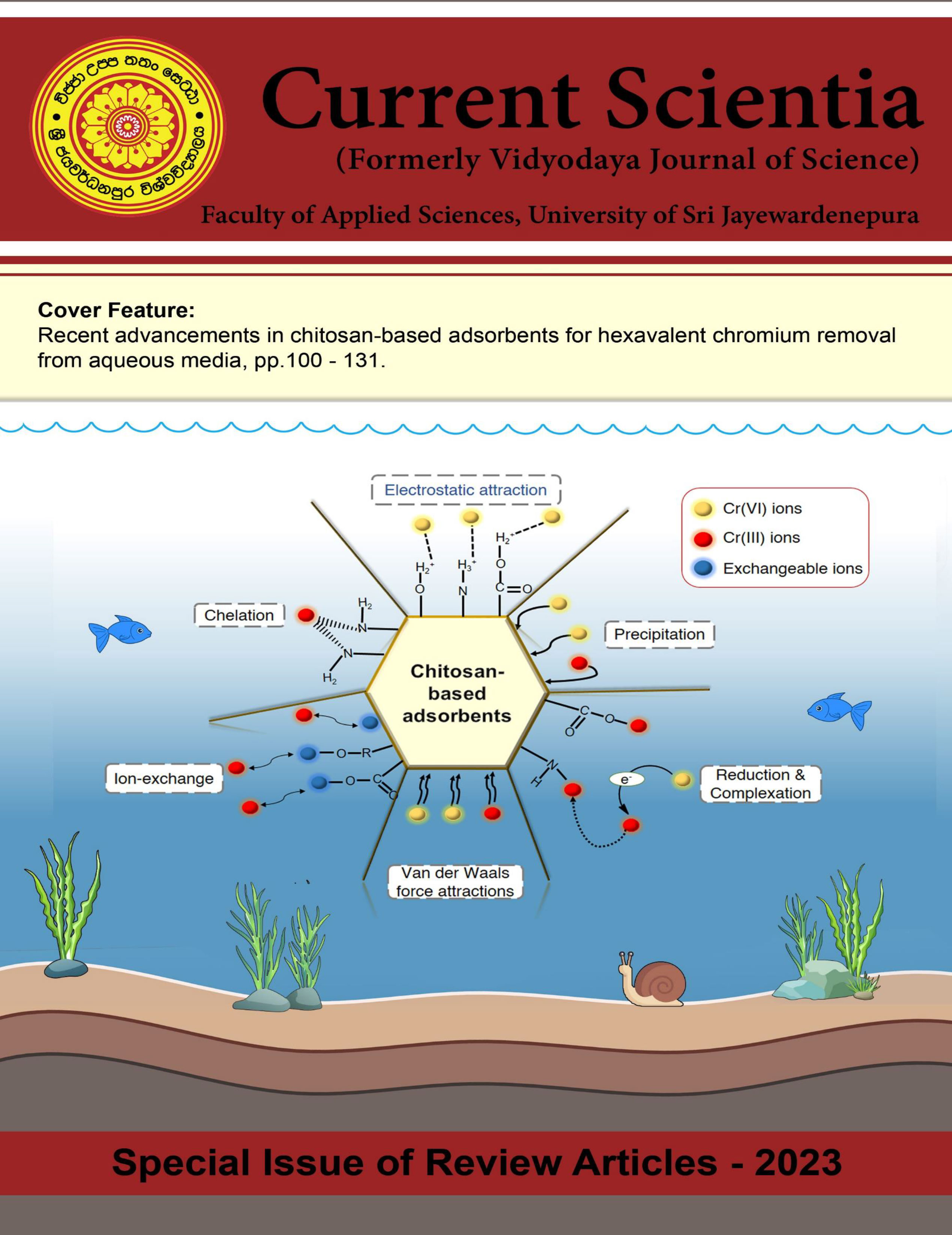Recent Advances in Green Approaches for Synthesis of Oxindole Derivatives
DOI:
https://doi.org/10.31357/vjs.v1is1.6715Abstract
Oxindole derivatives are nitrogen-containing, five-membered heterocyclic molecules found in both natural and synthetic substances with diverse biological functions. Owing to their pharmaceutical and therapeutic characteristics, oxindoles have received remarkable attention, and various oxindole-containing substances can be synthesized using many different approaches. With the discovery of the importance of oxindole derivatives in medicinal chemistry, mainly in drug synthesis, the demand for finding sustainable protocols has increased, as most classical methods have their limitations and flaws. Hence, it is crucial to establish efficient and sustainable techniques that are safe, cost-effective, have low energy consumption, and cause minimal environmental impact. Nowadays, the use of green solvents in organic synthesis has received much attention because they prevent the formation of waste, are environmentally friendly, and have easy work-up procedures. Green solvents such as water, deep eutectic solvents, ionic liquids, and polyethylene glycol can substitute hazardous solvents. Microwave irradiation, visible-light irradiation, electrochemical methods, and multi-component synthesis are all described under green approaches. Most of these approaches allow the reaction to proceed rapidly while releasing minimal waste into the environment. Recent discoveries in green chemistry applications can be considered a turning point in organic synthesis. This review focuses on promising green approaches, used for the synthesis of oxindole derivatives, carried out in recent years with typical examples in two sections: green solvents and green techniques.
Keywords- Oxindole derivatives, Green solvents, Green techniques, Sustainable chemistry, Solvent-free.




